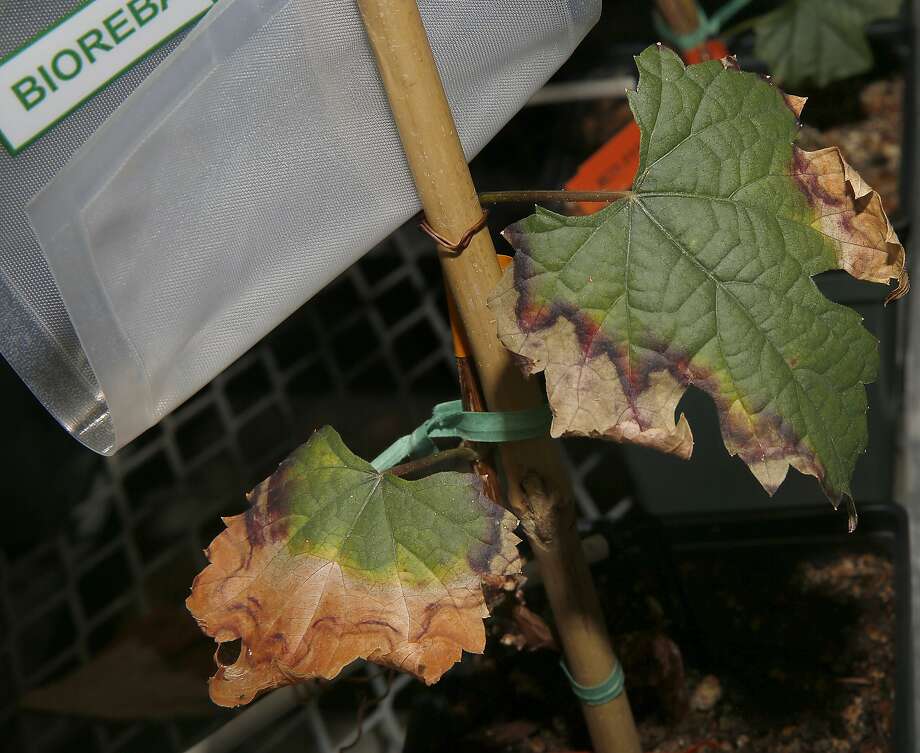Earlier this week in Name That Smell, I shared vinography.com’s handy fold up aroma card. It’s a great source of inspiration in identifying aromas, but it does little for understanding what they mean.
The pioneer in this area is Ann C. Noble, a (now retired) sensory chemist from the University of California, Davis. During her time at the UC Davis Department of Viticulture and Enology, Noble invented the “Aroma Wheel” which is credited with enhancing the public understanding of wine tasting and terminology. The aroma wheel started a new way of thinking about what our nose tells us when we taste wine, and winefolly.com has taken this to another level with their Updated Aroma Wheel with 100+ Flavors (shown below).

What I like about this version is that it helps sort out the meaning of what our nose is telling us. Primary aromas provide information about the grapes and the terroir. Secondary aromas give clues about fermentation. Tertiary aromas come from aging. Everything else provides clues to things that might be wrong with the wine.
When tasting, start with the faults. Experienced tasters can detect most in the first sniff, and any of these aromas is a signal to approach the wine with caution. After that, work on identifying varietals, location, and vinification. Organizing smells by meaning helps get more out of the tasting experience.

